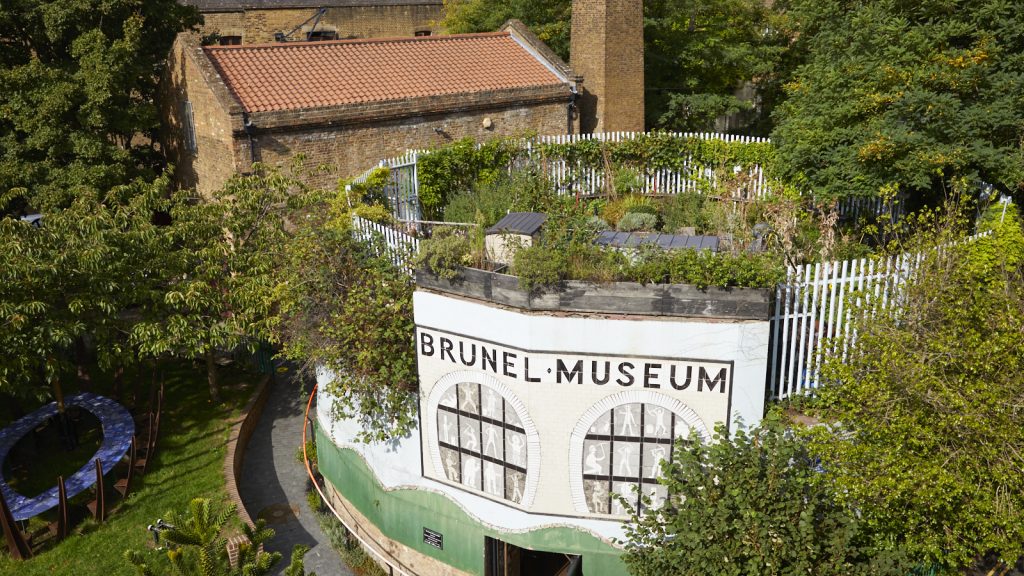We should talk about the climate emergency at every opportunity

Switching from a career in large national museums to a small one has certainly been a series of culture shocks.
One of those shocks was discovering that when we had a water leak in February, about three weeks after I started as the director of the Brunel Museum, it would be my role to get the tarp out and stop more rain getting in while we waited for an engineer to remove the offending buddleia and make good the cracks.
Annoying, but we sorted it, and it was kind of understandable because it was February and it was snowing. And sometimes it snows in February. Fast forward to August, and it’s raining. Hard. The work by the engineers is solid and it’s not leaking, but I’m still worried it might be. Rain like this used to be a one off but now it’s an almost daily occurrence. And did I mention it’s August?
Regardless of whether it’s February or August, I’m worried about my museum. Yes, I’m worried about the building and the collection, but I’m also worried about my staff, volunteers and visitors.
Are their homes leaking because of the extreme weather? The week before the torrential rain was a heatwave – are my (mostly older) volunteers OK travelling in that heat?
It is almost stereotypically British that it’s the weather that made us finally wake up to the impacts of the climate emergency, but now we have it is time to take action.
That’s why I released the Brunel Museum’s sustainability statement in August. It was a piece of work that I’d been working on behind the scenes with my team and Mortice Consulting since starting, but now felt like the time to stand up – and keep the climate emergency on the agenda.
Knowing where to start was the hardest part, which is why we get het up about toilet paper and toothbrushes because they feel manageable, but may not be the most effective measure. The plan for all museums will be different depending on your size, your buildings, your collections and your people.
The plan we came up with is unique to us, but there might be some things you want to borrow. We have three main strands of activity: Decarbonise the Museum, Work with Partners, Use our Platform.
- Decarbonise the Museum: as a small museum, we have a relatively low energy output compared with some organisations. But every penny invested in renewable energy is still money not invested in fossil-fuel companies. Those companies might not immediately notice the loss of our business, but those renewable-energy companies probably will notice the increase. And the more museums divest from fossil fuels, the better.
- Work with Partners: in a time of squeezed budgets, where you spend your money is even more important. We are reviewing all our suppliers, from our cleaning products to our shop stock, to ensure we have an ethical procurement policy in place. Crucially, decarbonisation is about reducing consumption, which saves cash-strapped organisations more money – so it’s a win-win situation.
- Use our Platform: not talking enough about the climate emergency is a huge factor in allowing misinformation and ignorance about the issue to spread. We need to talk about it at every opportunity. Museums are experts at framing conversations, and we each have the collection to use to start these conversations. The Brunel Museum sits on the site of the Thames Tunnel, the first tunnel under a navigable river anywhere in the world. The tunnelling shield that made that possible is the ancestor of all future tunnelling projects, from the London Underground to the Channel Tunnel. This gives us licence to talk about the importance of sustainable travel by rail, as a viable alternative to flying and car travel.
Who knows what the weather will be like by the time you read this? But I hope that while the days may be darker, there is at least some light at the end of the tunnel.
